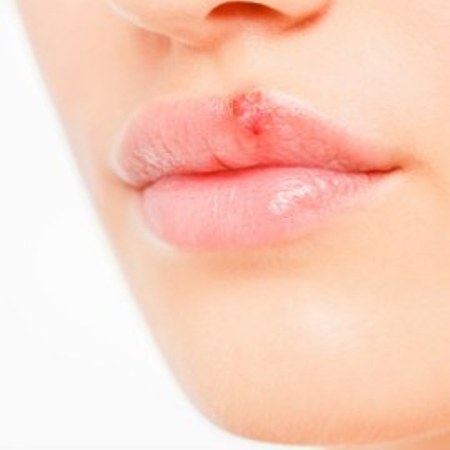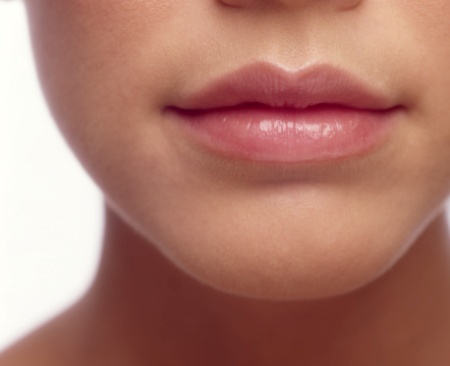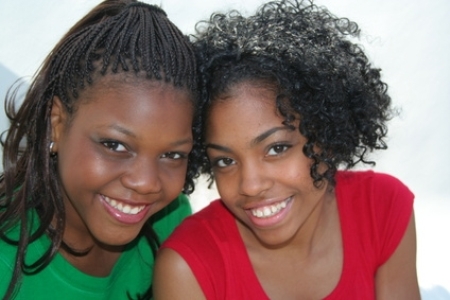
The medical condition of cold sores comes with its own elaborate mythology. Mentioned below are some of the popular myths associated with cold sores and the reality (or lack of) behind them.
Cold sores are caused by an unhealthy, poor diet.
The commonly held misconception that cold sores are induced primarily by a poor and unhealthy diet is not true. Although a diet deprived of essential vitamins and nutrients can coerce the cold sores to reappear, it may not necessarily be the reason for the illness. Instead of the widely spread myth that sores are caused by poor diet, the ailment is rather persuaded to occur by a tiny virus called herpes simplex virus or HSV. Thus, it’s important to ensure that a healthy, proper diet is followed in order to speed up the treatment once infected with cold sores. One should also avoid foods such as nuts and chocolates, as both contain the amino acid arginine in high degree and amino acid lysine in low degree.
Cold sores appear during winter after a flu or cold.
Another myth which is quite popular is that cold sores tend to take place during winter after an individual has been under the weather or had a fever. However, the outbreak of blisters or sores can strike at any time of the year and can infect the person during summer as well. This customarily happens because UV sun exposure can annoy or distress the delicate skin on the lips, thereby provoking the onset of a cold sore. It’s very important to consume a product that helps one boost the immune system during winter and use sun block moisturizing lip balm during summers to prevent cold sores.
Cold sores do not heal quickly.
Though many people might swear by this, the myth gets debunked as the healing process depends more upon how an individual’s body and immune system naturally respond to the cold sore virus. The healing of the infection may also depend upon the individual’s symptoms and the kind of treatment that is being implemented. While there are certain clinically tried and tested products that speed up the healing process, the infection may take about one to two weeks to fade.
If one of your parents ever suffered from cold sores, you will inherit the virus.
No, the myth is not necessarily true. Since cold sores are not genetic, the infection does not get transmitted from parents to their child through genes or DNA. The infection basically spreads by direct contact when cold sores are active on the surface of the skin. Kissing someone while you have cold sores may pass on the ailment to the person being kissed. Consequently, ensure not to come in direct contact with some one who has or if you have cold sores. Wait for the infection to heal completely.
Cold sores can be transmitted through saliva.
Again, there’s no evidence for the widely dispersed notion that cold sores can actually be transmitted through an individual’s saliva. It may surprise many but the infection does not transmit to others through bodily fluids such as blood or saliva. Nevertheless, the cold sore virus can easily spread if a person has come into direct contact with the person who has active cold sores, be it through a cigarette, drinking glass or lip gloss. Thus, to avoid such unfortunate incidences, become vigilant to not share cosmetics, food, drinks, utensils or other intimate objects with the person who has been diagnosed with the virus.
Cold sores are not related to genital herpes.
Quite surprisingly, on the contrary, genital herpes and cold sores are induced by the herpes simplex virus, but are triggered through distinct strands of the virus. In such cases, it may be possible for the genitals to contract sores and vice versa via genital or even oral sex.
Cold sores occur only on the mouth.
The highly misconceived belief about cold sores is: The infection actually tends to take place only on the mouth. The truth however stands at variance. It is not true that cold sores occur only on an individual’s lips. Rather, the virus can still very much occur in other regions such as the person’s nostrils. It may even appear on areas such as fingers and chin, but this happens rarely. At the same time, it may not be so facile and easy to identify the symptoms as some people have considerably huge blisters that will open. Some others, whereas, might witness a tiny red bump. Hence, it is prominent for sensitive and vulnerable people to pay attention to the onset of their illness or get their outbreak of blisters and sores treated as soon as possible.




